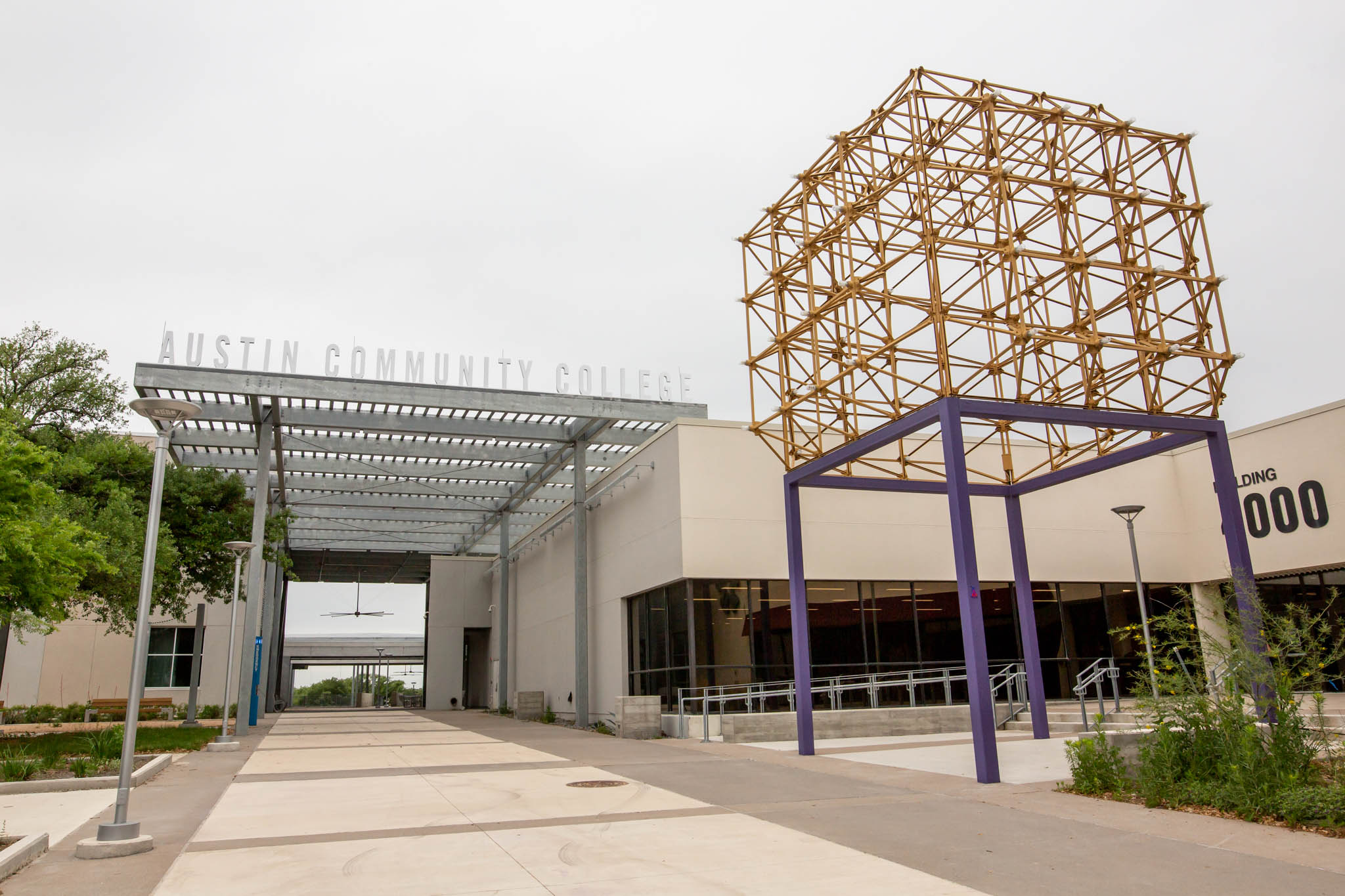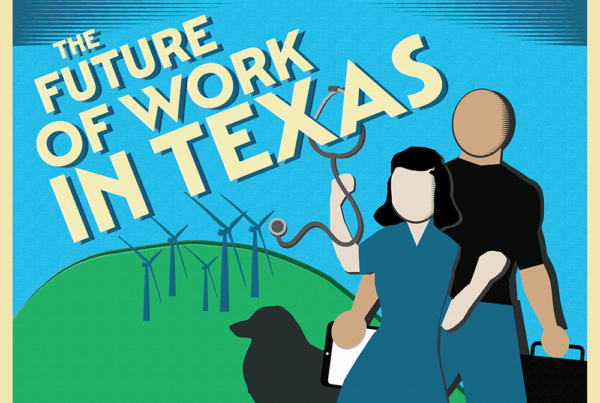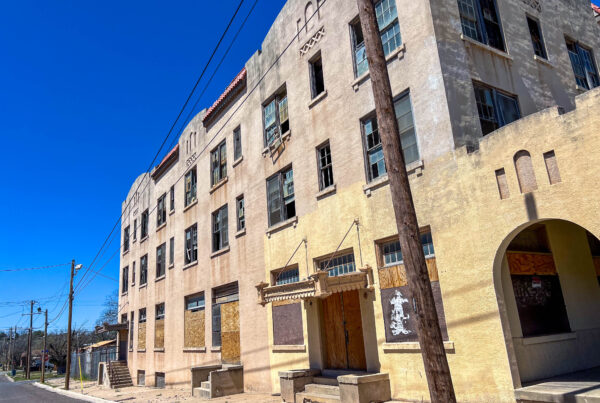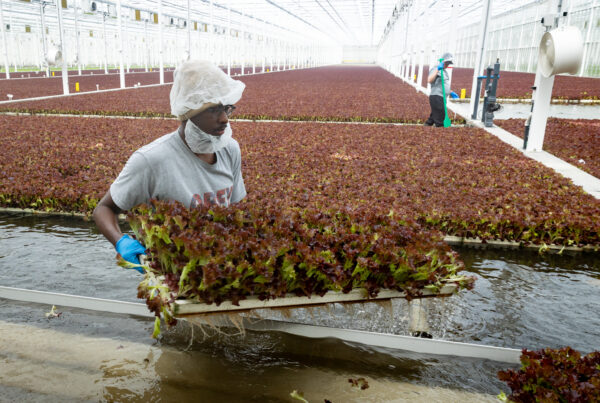If you search for the top employers in almost any city in Texas, tops among them will likely be hospital and school systems: K-12 and colleges and universities.
A quick glance into the crystal ball shows that’s probably not changing anytime soon: The state’s growing, remember?
And a closer look at Texas census data shows its population is also younger than the national average – so the demand for teachers, in particular, is going to continue to be important for a long time.
But as important as teachers are (and that cannot be overstated), this segment is aimed at a different question: what and how should we be preparing Texas’ future workforce for the jobs of the future?
And, spoiler alert, we’re also not focusing on some of the potentially huge changes to Texas education here — such as so-called education savings accounts (AKA school vouchers).
Lesson 1: Don’t throw out the good with the bad in online learning.
Texas Standard first profiled Sofia Moore in 2020 as part of coverage about the impact of COVID-19 on graduating high schoolers.
“The Friday before Spring Break we just didn’t go back to school – and we haven’t gone back since,” Moore told us then.
At the time, she wasn’t so impressed by online classes, which she said weren’t nearly as fun or engaging as in-person. She was concerned that college would be the same way.
“I’m going to be so disappointed if my introduction to college is through a screen,” Moore said.
As it turned out, she didn’t really get on campus until her second semester. But now, as she’s about to graduate from UT-Austin with a degree in history, she says she’s come to appreciate some of the benefits of online learning.
“There definitely have been advantages,” Moore said. “I think that you should definitely keep all of the improvements that they’ve brought to accessibility in the classroom, especially with the recorded lectures. That’s been phenomenal any time that I’ve had to miss class. And it’s actually encouraged me to value my health.”
» Texas Standard special report: The Future of Work in Texas
Lesson 2: When it comes to higher ed, prioritize financial fit.
Back in 2020, Moore was considering going to community college before UT so that she could save on tuition. While that’s not what she ended up doing, she says the cost of her education wasn’t something she ever shrugged off as a thing to worry about later.
“I think that college is supposed to be a stepping stone, and when it comes at such a cost, it can’t be the stepping stone it should be,” Moore said.
Perhaps it’s the recent headlines about college debt, or just the rising costs themselves, but Moore is far from alone among her peers in this line of thinking, at least among those students who are paying close attention – or who have an adviser like Tara Miller.
“I think that should be the first question you think about when thinking about college fit is financial fit, too,” Miller said.
And Miller said institutions of higher learning need to be clear about total cost, far beyond just the acceptance letters.
“Financial aid offices need to be staffed to the max to help these families,” she said.
Miller has spent her career connecting students with higher education, spending four years at Austin Community College and 16 at the Austin Independent School District. She’s now working at DePaul, specifically with transfer students.
Miller went to community college herself before transferring to UT. And if she has one message to everyone that’s almost as important as paying attention to financial fit, it’s this:
Lesson 3: Stop only praising exclusivity.
“We should celebrate community college students the same way we do four-year college students,” Miller said. “Because, you know, sometimes people choose for economic reasons, academic reasons, health reasons, family reasons, whatever have you … Community college is there for various things. And it doesn’t have to be the plan B; some students start, you know, ‘this is my plan.’”
It seems simple to celebrate all efforts toward further education or skills training. But humans seem to love primarily celebrating exclusivity and lists and rankings.
Miller says the priority should instead be connecting students with what it is they’re really looking for.
“If your sole goal is to get a job on Wall Street, then I guess maybe you’re looking at a few schools, but most people aren’t in that field and they’re not looking to be in that field,” she said said. “So look at where you can have real engagement with your professors, research opportunities, or travel abroad or whatever it is that you want to do.”
For students who don’t yet know what they want to do, Miller recommends picking a college where you don’t have to declare your major right away. And she encourages exploration – both when students get to a college that’s a good financial fit, and hopefully even before then.













